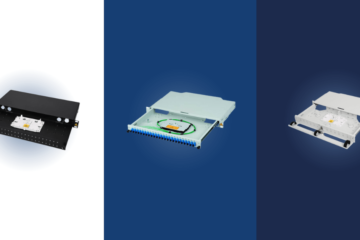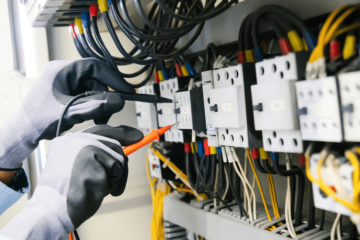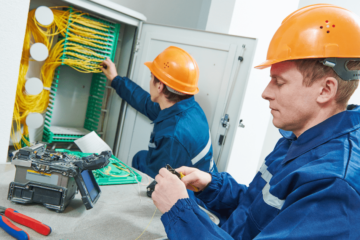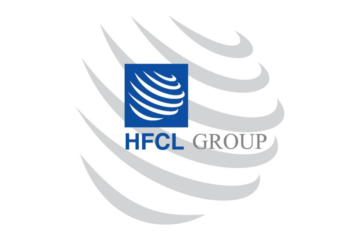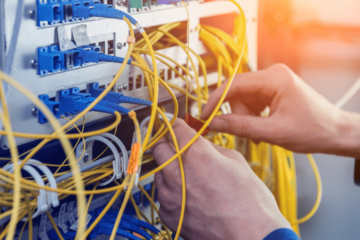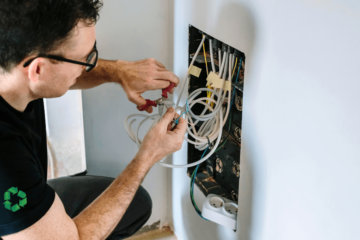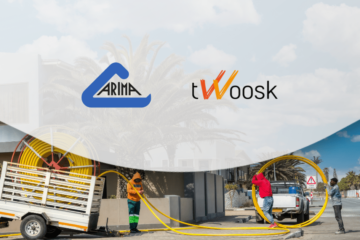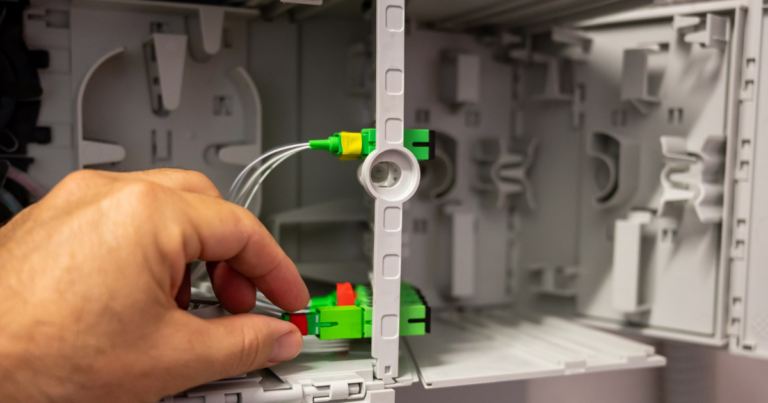
A fiber distribution box is one more product widely used for a better performance of networks. It has the goal of protecting the connection point of the optical cable to access the user end, making it more stable, waterproof and dust-proof.
Find out the specifications of a fiber distribution box and know how to make the best choice when choosing one for your network.
What is a fiber distribution box?
A fiber distribution box is used to convert the distribution cable into individual cables to reach the end-user.
It provides a safe point to splicing, splitting, branching, straight-through or fiber termination, protecting from environmental hazards like dust, moisture, water or UV light if used outdoor.
Application of fiber distribution box
The Distribution box is used in the telecom industry in FTTH (in the floor or in the wall), FTTB (in the wall) and FTTC (normally in the pole) architectures, in Local areas networks using an ODF (optical distribution frame) specially designed for datacenters, video transmitting, fiber sensing, and whenever we want to distribute, an optical signal, to the end-user.
One common use for a distribution box is as an interconnection box for the Raiser cable with the drop cable in a building, for an FTTH deployment, either if it is needed to install a splitter or connectors or just splices.
For this, we need to consider the structure inside the distribution box. Some are equipped with splice trays, others with splitter trays, and others with a combination of both and a support for adapters to allow direct connections inside the box. Some distribution boxes have connectors available on the outside. This saves time and prevents the box to be opened every time that a change is made, allowing dust and moisture to enter the box.
How to choose the right optical box?
Full-loaded or unloaded?
The criteria to choose the right box brings some questions. Beginning with a full-loaded or unloaded. The loaded one comes with adapters, pigtails or splitters, depending on the configuration needed. And it has the advantage to have everything in one place, with one reference.
The unloaded we can choose all these accessories individually, in quantity, quality and type, and it makes the Distribution box more flexible to the specific needs of the installation.
Capacity
Another criterion is the capacity of the FDB. This capacity goes from 4 cores to 24 or 48 cores or even more if needed.
We must consider the number of optical cables inlets and outlets that the box allows and the section of the cables to use those ins and outs of the box, that are placed in the bottom of the box to help to keep it waterproof.
Environmental conditions
The environmental conditions also determine the box to choose. It can be a rack panel for a cabinet, an indoor wall mounted box or even an outdoor wall or pole mounted, in this case of outdoor boxes the minimum IP must be IP65.
Material
The material of an outdoor distribution box is also very relevant. Normally the materials used are PP, ABS, ABS+PC, SMC. The differences between those materials are in the density to obtain more impact resistance, temperature and flame resistance. These 4 materials are in order of quality from worst to the best. The ABS is the most used for regular environments and SMC for extremely harsh environments.
The focus of the telecom network is bandwidth and speed of transmission. The distribution box doesn’t improve the transmission but protects and guarantees the stability of the communication. Also, it is designed to be the most user-friendly as possible saving time and labor costs in deployment and in maintenance.
Related articles: Solid or Stranded Ethernet Cable? Know Which One You Should Choose


